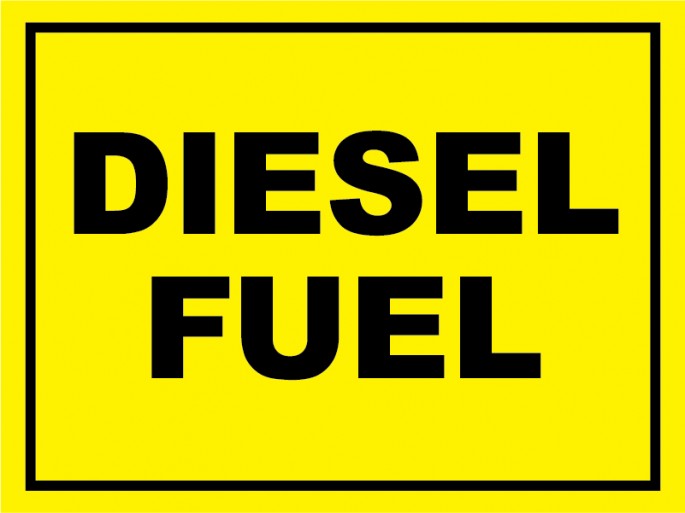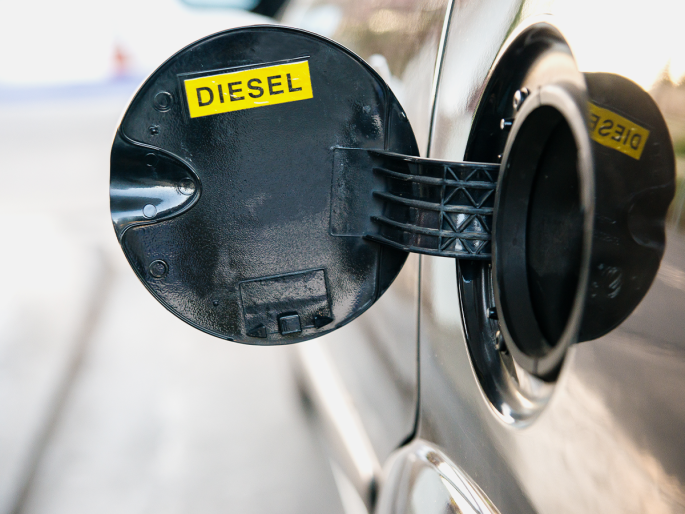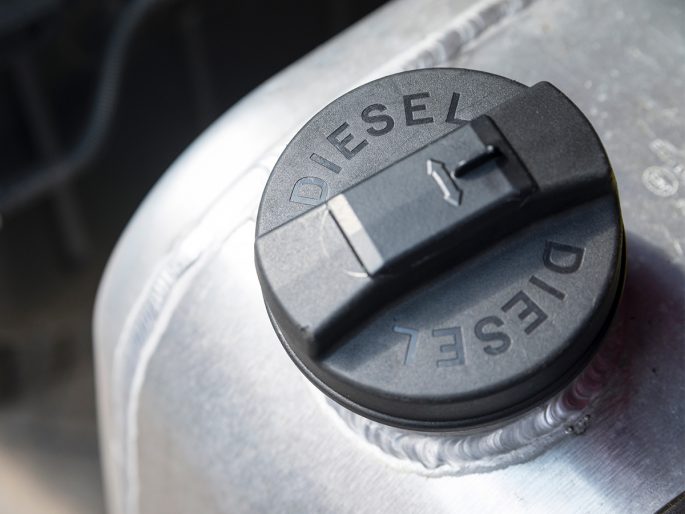Four major cities — Paris, Madrid, Mexico City and Athens — announced plans to ban diesel cars and vans by 2025. Will U.S. cities follow suit? Maybe, maybe not. The reason might be found in a quick history lesson.
In the ‘90s in Europe and abroad, small diesel-powered engines, which emit lower carbon dioxide emissions, grew in popularity because of their higher fuel efficiency. International regulations for other diesel pollutants, including nitrogen oxide (NOx) and particulates, which directly impact air quality, were not an immediate priority. In the States, however, regulators focused on air pollution, passing amendments to the Clean Air Act in 1990 to control vehicle emissions connected to acid rain and smog.
While international standards for NOx emissions have grown stricter over the years, the volume of light-duty diesel vehicles in high-traffic areas abroad has outpaced the regulations. In Europe, diesel represents almost 50% of the automotive market share. By comparison diesel cars account for only about 3% of total U.S. auto sales.
That notwithstanding, diesel emissions in the U.S. continue to be scrutinized. Despite their low representation among the U.S. fleet total and our history of tighter emissions regulations, diesel engines still contribute almost half of all the NOx on-road emissions in the United States. With federal Tier 3 light-duty vehicle emission standards being phased-in from 2017 to 2025, members of the U.S. retail fuel industry would be wise to keep an eye on the regulation of diesel emissions in the U.S. to stay abreast of its future market potential.




